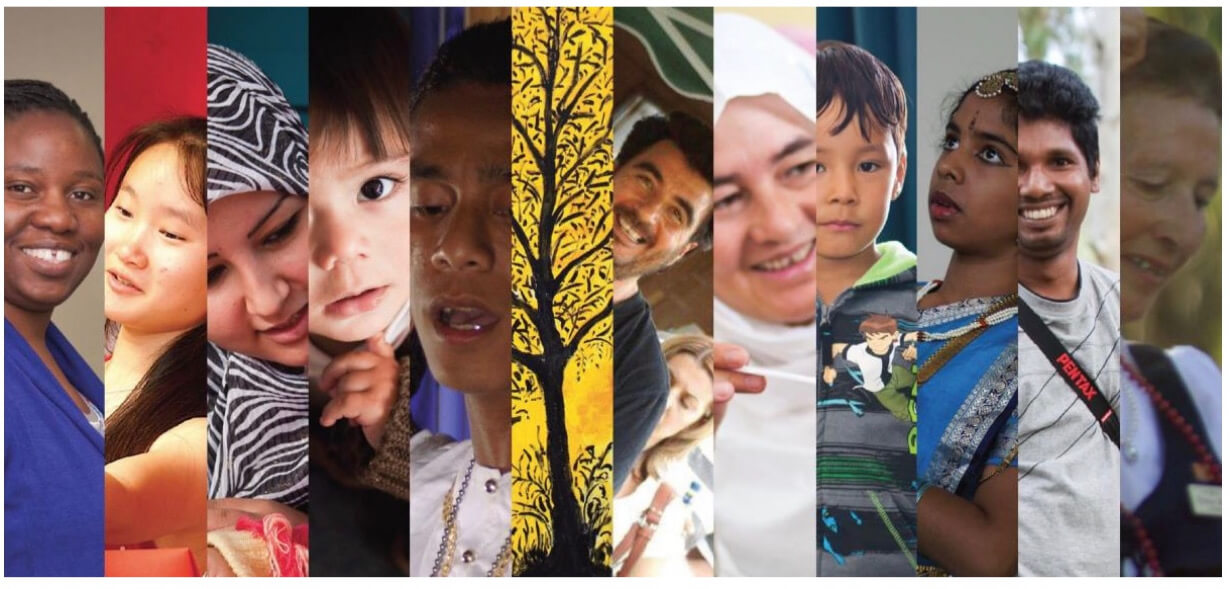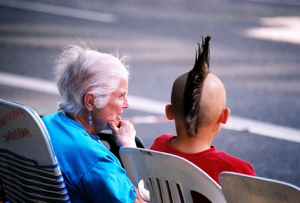SITXCOM002 – Show social and cultural sensitivity
In this study unit you will learn how to;
- Communicate with customers and colleagues from diverse backgrounds
- Address cross-cultural misunderstandings
Introduction
Since the introduction of mass transport by Thomas Cook in the late 19th century the people of the world have taken advantage of this opportunity to move about the globe and as a result our world has become a place of great diversity – a rich cultural tapestry that filters through all aspects of our lives.
It has given us opportunities beyond imaging, increasing our view of the wide world around us and given us a sense of worldliness that prior generations did not have. It has also brought with it certain sets of problems where cultural, social and economic differences, for example, can lead to misunderstanding.
Recognising social and cultural diversities and dealing with cross-cultural misunderstandings is an important issue. In our everyday lives, it is unlikely that we will deal only with people of similar nature, background and ideals as ourselves. We come into daily contact with many different people. They are our customers and our colleagues and we need to recognise and accept their right to their own beliefs and customs and, where practical, to make allowances for their differences and disabilities if we are to interact harmoniously with them.
We have learned to accept and indeed take on certain cultural aspects of the people with whom we have contact. This shows in the food we eat, the style of furniture and houses we buy as well as our choice of cars. There are cultural and national traits that we are all familiar with for example, French people are known for fashion and food. Italians arguably make the best furniture and their architecture is world famous while German engineering is also world renowned. The Japanese are known for their innovation, the Swiss make great clocks and Belgians make the best chocolate! Our world has grown to be a place that embraces diversity.
Areas of diversity may include:
- language spoken
- forms of address
- levels of formality or informality
- varied cultural interpretation of non‑verbal behaviour
- work ethics
- personal grooming, including dress and hygiene habits
- family and social obligations and status
- observance of special religious feasts or other celebratory days
- customs, beliefs and values
- physical and mental abilities
The purpose of this unit is to outline and understand the positive aspects of diversity, recognise the underlying causes of conflict, to look at how to avoid or resolve misunderstandings and to assist in making interaction with people of varied backgrounds second nature.
Communicate with customers and colleagues from diverse backgrounds
An essential component in delivering customer service excellence and a harmonious work-force is the ability to communicate effectively with customers and colleagues. Long term relationships with customers are built on rapport so being able to work with people from all background and walks of life is an important skill to have. Doing this effectively, however, requires an understanding that diversity extends itself to more than just where a person was born and what religion they follow.
Diversity encompasses the many people whose backgrounds, circumstances and abilities are different from your own. This being the case, communication becomes a matter of showing tolerance, understanding and acceptance of these differences – respecting and allowing others the space and freedom to contribute in their own way.
The value of cultural and social diversity
The tourism & hospitality industry is one of constant contact with people from all walks of life and from all areas of the earth. It is an industry of enormous social diversity. No matter which sector of the industry you work in you will come into contact with a differing range of people each day. If we do not recognise and accept the cultural differences between people we could create disharmony and distrust in the workforce. Furthermore we risk losing the opportunity for personal growth and the enhancement of the work team.
The value of diversity in business is enormous; it can improve the level of teamwork, performance and customer service through a broadened base of knowledge and experience. A culturally diverse workforce is creative and flexible. It exposes customers and colleagues to new ideas, different ways of working and reaching decisions. Learning from customers and colleagues from other backgrounds, also broadens our own personal horizons and expands our own knowledge base, making us more efficient and tolerant as individuals.
What is social diversity?
In order to fully understand and appreciate the value of a socially diverse workforce we must first, however, understand the meaning of the terms social and diverse in a work place context.
… continued in learner guide …

